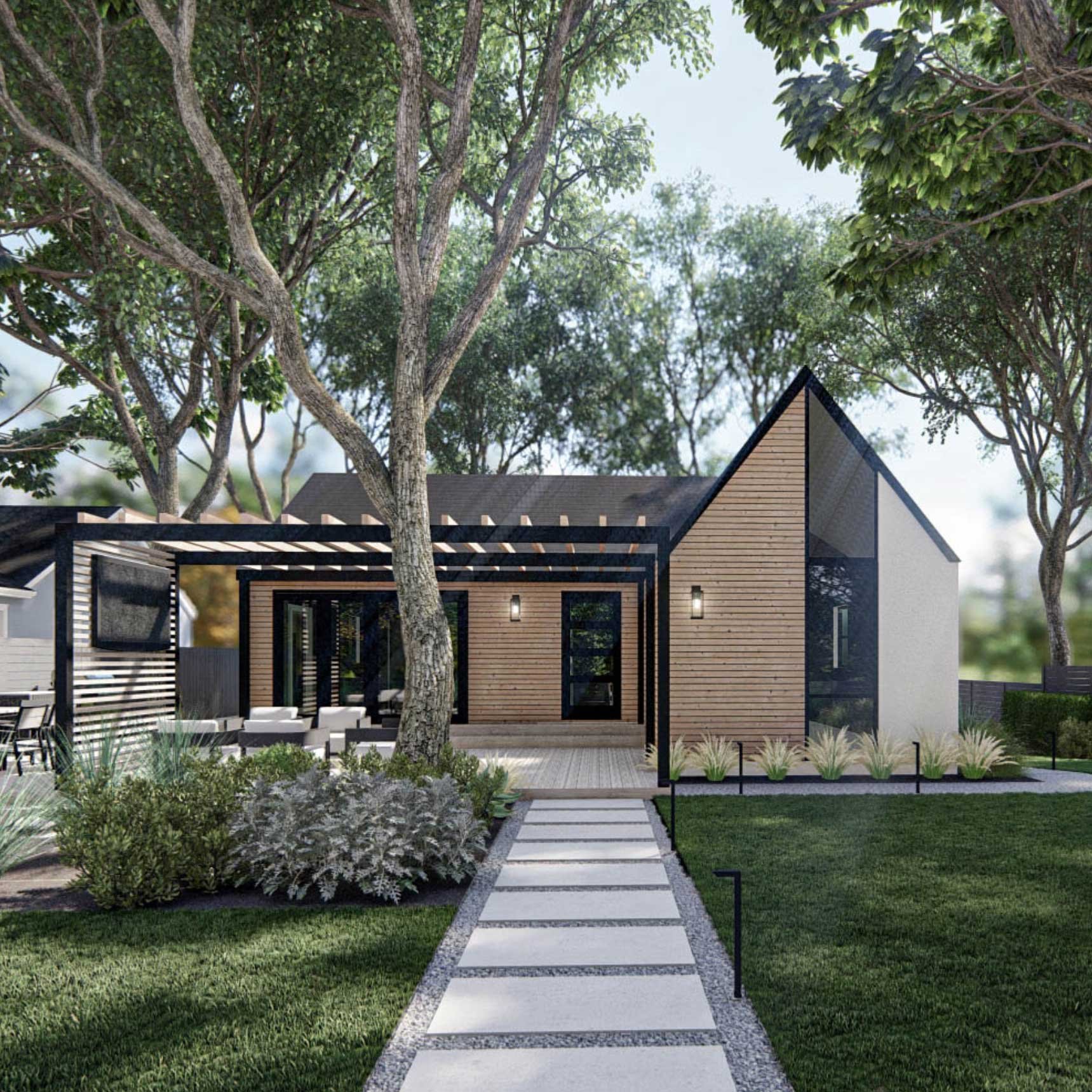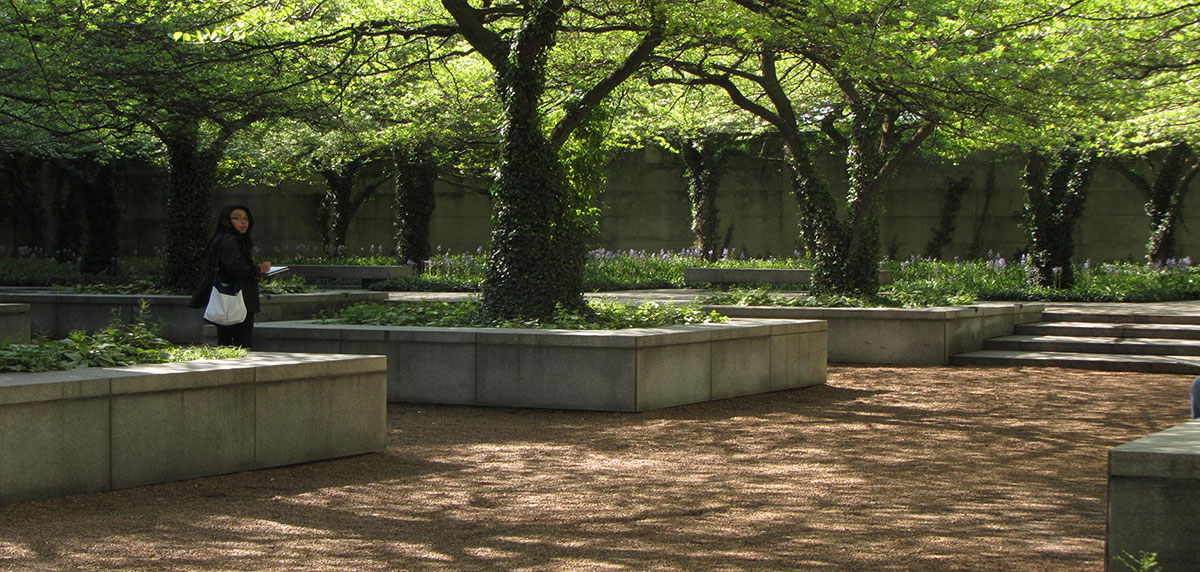The 15-Second Trick For Landscapers
The 15-Second Trick For Landscapers
Blog Article
A Biased View of Landscapers
Table of ContentsThe Basic Principles Of Landscapers How Landscapers can Save You Time, Stress, and Money.Our Landscapers IdeasWhat Does Landscapers Do?Landscapers for Dummies8 Simple Techniques For Landscapers
- A yard attribute where water is represented by an accumulated rock item, typically a gravel or granite.- A stone or flagstone patio area, path, or sidewalk constructed without a concrete base.- A rock maintaining or complimentary standing wall developed without the usage of mortar. A highly proficient mason is required for a dry stack stone wall surface. Many walls in Portland are moist piled, even if they appear to be. - A below ground structure that accumulate water and allows it to slow percolate into the soil around it.
Landscape design that is compatible with a websites' environment in both appearance and sustainability without adverse influences to the environment. Bordering in the landscape is a line of separation that creates visual interest in the yard by dividing one section from an additional segment.
Locations can additionally have a feeling of "room" offered by trees, other plantings, fences, or displays. The landscape near the entrance to a building.
The 5-Second Trick For Landscapers

The element in a landscape design or area in a landscape that is indicated to be most noticeable. The centerpiece can be a plant, rock, sculpture, collecting room, or various other landscape function. A style of gardens or garden components that emphasize straight lines, appropriate angles and circles. Shrubs or bushes located in beds near the structure of a home or various other framework.

The 25-Second Trick For Landscapers
Rock product, either rounded or fractured, that is reasonably little- generally 1" or less. Reduced plants that are permitted or encouraged to top a location. Can refer to any type of "tough" garden elements including statuary or boulders but many commonly is utilized to describe paths, patio areas, and walls.: Elevation difference between the level of water in a fish pond (or the level of the pump if it rests outside the fish pond) and the top outlet of water which affects performance of the water pump in gph (gallons per hour). Thick shrubs or trees that develop a fencing, display, or border.
Fence boards that run flat, commonly utilized in contemporary or Japanese-inspired landscape designs. Proper usage of imaginary lines can aid the landscape really feel linked to the home and other components.
An even more kicked back yard controlled by curved as opposed to straight bed lines and a less inflexible structure. Conventional PNW landscapes are informal. A plant that spreads more than wanted, or right into habitats where it does damages. Portland has a checklist of invasive plants that should not be mounted in landscapes since they can check out this site infect woodlands or waterways and be difficult to regulate.
The Basic Principles Of Landscapers
Can consist of head positionings and coverage, pipe sizing, GPM specs, and products required to install this system. Accredited expert that designs landscapes, coached in design and style as well as in horticulture.
The specialist that intends and develops landscape jobs, generally at a domestic or little industrial level with the significant layout impetus on plantings. Landscape designers usually have less schooling than Landscape Architects and are not certified. A finished landscape style, outlining all aspects for the new landscape. This typically takes the kind of a drawing on paper.
Utilizing many growings of the exact same variety to fill in a location in the landscape. This can visit their website lower upkeep and water use in the yard.
A layer of compost or bark dirt applied at the base of a plant. A plant that was existing in a geographic location before individuals started transforming the landscape.
Not known Details About Landscapers
Exactly how the garden or a garden element is set up in partnership to an existing or brand-new attribute or to an instructions. Yards that are not trimmed yet expanded in landscapes as perennials.

Plants that offer seasonal interest and after that die back in the winter. Cold season grass that is the most usual turf yard in Portland, OR and the remainder of the PNW.An open roofed structure over a patio area or other landscape attribute.
The most common landscape gravel in the PNW. Location of the landscape designed to take care of rain our website water up until it can saturate into the ground.
Structure made from timber, concrete, paving rocks, blocks or other materials for maintaining inclines and avoiding too much disintegration. Narrow gutter. Producing a yard feature consisting largely of stones with plantings that complement and can prosper in the rough environment. Sprinkler head style that turns a stream of water across a location.
Landscapers - An Overview

Report this page